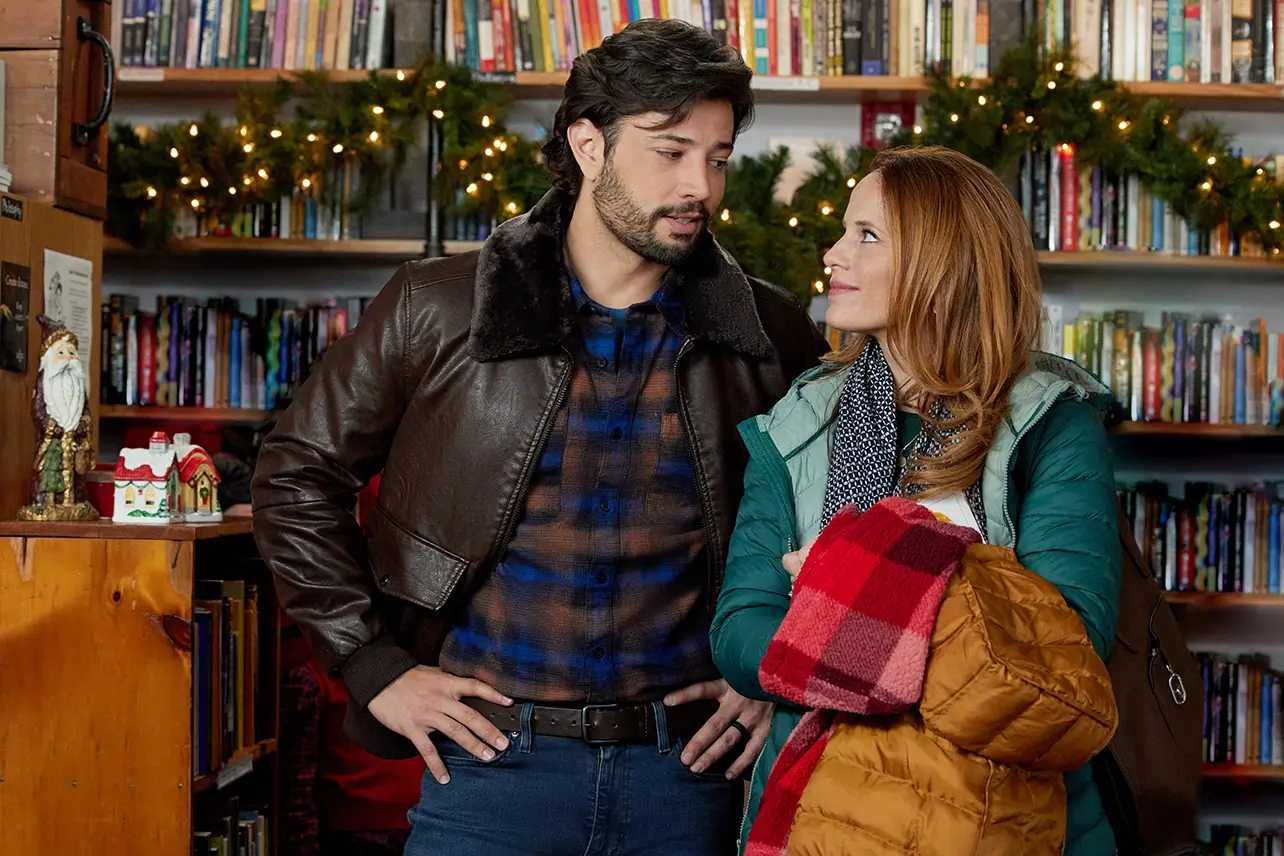The Enduring Magic of Christmas Letters to Santa: A Comprehensive Exploration
Related Articles: The Enduring Magic of Christmas Letters to Santa: A Comprehensive Exploration
Introduction
In this auspicious occasion, we are delighted to delve into the intriguing topic related to The Enduring Magic of Christmas Letters to Santa: A Comprehensive Exploration. Let’s weave interesting information and offer fresh perspectives to the readers.
Table of Content
The Enduring Magic of Christmas Letters to Santa: A Comprehensive Exploration
)
The tradition of writing letters to Santa Claus is a cherished ritual deeply embedded in the Christmas season. This practice, often associated with childhood innocence and festive anticipation, extends beyond mere whimsical correspondence. It offers a unique platform for fostering imagination, creativity, and personal reflection, while simultaneously serving as a conduit for connecting with the spirit of generosity and the joy of giving.
The Evolution of Christmas Letters to Santa:
The origins of writing to Santa Claus can be traced back to the 19th century, coinciding with the rise of commercialized Christmas celebrations. The iconic image of Santa, as popularized by figures like Clement Clarke Moore and Thomas Nast, solidified his role as a benevolent figure who rewarded good behavior with gifts. This image, combined with the emerging postal service, paved the way for children to communicate their Christmas wishes directly to the North Pole.
Initially, letters to Santa were primarily handwritten and delivered by mail. However, with the advent of the internet and digital communication, the practice has evolved. Online platforms and dedicated websites now offer children the opportunity to submit their wish lists electronically. This evolution, while reflecting technological advancements, maintains the core essence of the tradition – expressing hopes and desires and connecting with the spirit of Christmas.
Benefits of Writing Letters to Santa:
Beyond the inherent joy of engaging in this festive ritual, writing to Santa offers a multitude of benefits for children, particularly in their developmental stages:
- Enhancing Literacy Skills: The act of writing a letter, whether by hand or digitally, encourages children to practice their writing skills. They learn to organize their thoughts, formulate sentences, and express themselves clearly. This process strengthens their vocabulary and improves their overall literacy proficiency.
- Boosting Creativity and Imagination: The prospect of reaching Santa Claus sparks children’s imagination. They are encouraged to think creatively, crafting detailed wish lists and even composing stories about their encounters with Santa. This fosters a sense of wonder and encourages imaginative thinking.
- Cultivating Gratitude and Reflection: Writing to Santa often prompts children to reflect on their year and express gratitude for the blessings they have received. This process fosters a sense of appreciation and encourages them to recognize the good things in their lives.
- Developing Social and Emotional Skills: The act of writing a letter to Santa involves considering another person’s perspective – Santa’s. Children learn to express their desires in a polite and respectful manner, demonstrating their understanding of social etiquette. This exercise helps them develop empathy and communication skills.
- Strengthening Family Bonds: The tradition of writing to Santa often becomes a family activity. Parents can engage in this process with their children, sharing stories and memories, and creating a sense of shared excitement. This shared experience strengthens family bonds and fosters a sense of togetherness.
FAQs Regarding Christmas Letters to Santa:
1. What should I include in my letter to Santa?
A letter to Santa typically includes:
- A warm greeting: Start with a friendly salutation, like "Dear Santa," or "To Santa Claus."
- A brief introduction: Mention your name, age, and perhaps your hometown.
- Your wish list: List your desired gifts, being specific about their features and why you want them.
- A description of your good deeds: Share some positive actions you have taken throughout the year, highlighting your good behavior.
- A closing statement: Express your gratitude to Santa and your excitement for Christmas.
- Your signature: Sign your name and include your address so Santa can send you a reply.
2. How do I send my letter to Santa?
Traditional methods involve sending your letter by mail to Santa’s address at the North Pole. However, many websites dedicated to Santa Claus offer online submission options. These platforms often include interactive features, allowing children to decorate their letters, personalize them with photos, and even receive virtual replies from Santa.
3. When should I send my letter to Santa?
The ideal time to send your letter to Santa is in November or early December, allowing ample time for it to reach the North Pole before Christmas Eve.
4. Is it appropriate for older children to write to Santa?
While the tradition is often associated with younger children, there is no age limit for writing to Santa. Older children, particularly those who enjoy the spirit of Christmas, can still find joy in expressing their wishes and reflecting on the holiday’s significance.
5. How can I make writing a letter to Santa more engaging for my child?
- Create a festive atmosphere: Set up a dedicated writing space with Christmas decorations and festive music.
- Provide writing prompts: Offer suggestions for what to include in the letter, like favorite toys, good deeds, or Christmas traditions.
- Encourage creativity: Allow your child to decorate their letter with drawings, stickers, or glitter.
- Make it a family affair: Encourage siblings to write letters together, or write a letter as a family, sharing wishes and expressing gratitude.
Tips for Writing a Christmas Letter to Santa:
- Be specific and detailed: Provide clear descriptions of your desired gifts, including their names, colors, and features.
- Use positive language: Focus on expressing gratitude and sharing your good deeds.
- Be polite and respectful: Use courteous language and address Santa with respect.
- Proofread your letter: Check for any spelling or grammatical errors before sending it.
- Include your contact information: Ensure your name and address are clearly legible for Santa to reply.
Conclusion:
Writing a Christmas letter to Santa remains a cherished tradition that fosters imagination, creativity, and a sense of wonder. It encourages children to reflect on the true spirit of Christmas, emphasizing generosity, kindness, and the joy of giving. This practice, while rooted in childhood innocence, offers lasting benefits for individuals of all ages, fostering a sense of connection to the magic and joy of the holiday season. The enduring appeal of Christmas letters to Santa lies in its ability to spark imagination, cultivate gratitude, and strengthen familial bonds, making it a timeless tradition that continues to captivate hearts and inspire joy year after year.








Closure
Thus, we hope this article has provided valuable insights into The Enduring Magic of Christmas Letters to Santa: A Comprehensive Exploration. We thank you for taking the time to read this article. See you in our next article!